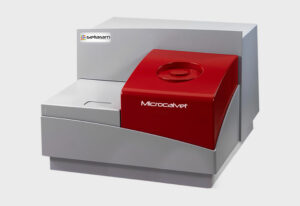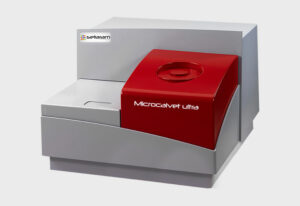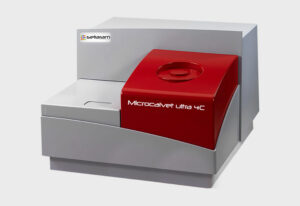How to determine the Wax Appearance Temperature (WAT) of crude oils?
Date: - Categories: Applications & Technologies

Wax formation: the challenge of oil industry
The oil industry faces many challenges across the entire production cycle.
Once extracted, the oil is transported through pipelines where it’s exposed to low temperatures and high pressures.
These conditions can significantly affect the oil’s flow behavior and may lead to the precipitation of paraffins wax contained in the crude.
When paraffins precipitate, it can cause serious issues ranging from reduced flow rates to even complete pipeline clogging.
Why study the Wax Appearance Temperature?
To address the paraffin formation, it’s essential to study the Wax Appearance Temperature, or WAT, which defines the temperature at which wax first begins to precipitate from the crude oil.
Understanding the WAT helps operators anticipate and prevent wax formation, ensuring a smoother and safer flow through the pipelines.
That’s where our Microcalvet calorimeter and it’s Differential Scanning Calorimetry (DSC) technique come in.
DISCOVER HOW WE HELP THE OIL INDUSTRY
From lab to life : the experiment explained
Watch a video presenting a case study on how to determine the Wax Appearance Temperature (WAT) of crude oils.
Our Microcalvet calorimeter : the perfect solution to determine the Wax Appearance Temperature (WAT) of crude oils
-
Versatility
Modifiable temperature & pressure conditions for increased flexibity and replication of real-life conditions
-
Highest heat measurement accuracy
3D sensor based on thermocouples with Joule effect calibration
-
Convenient interchangeable crucibles and cells
To perform under high pressures or high vacuum, or mixing experiment etc.
-
External coupling capacity
Including manometry, BET instrumentation, gas analyzers, humidity controllers and gas panels.
Contact us
If you want more information or if you need a quote, contact us.


